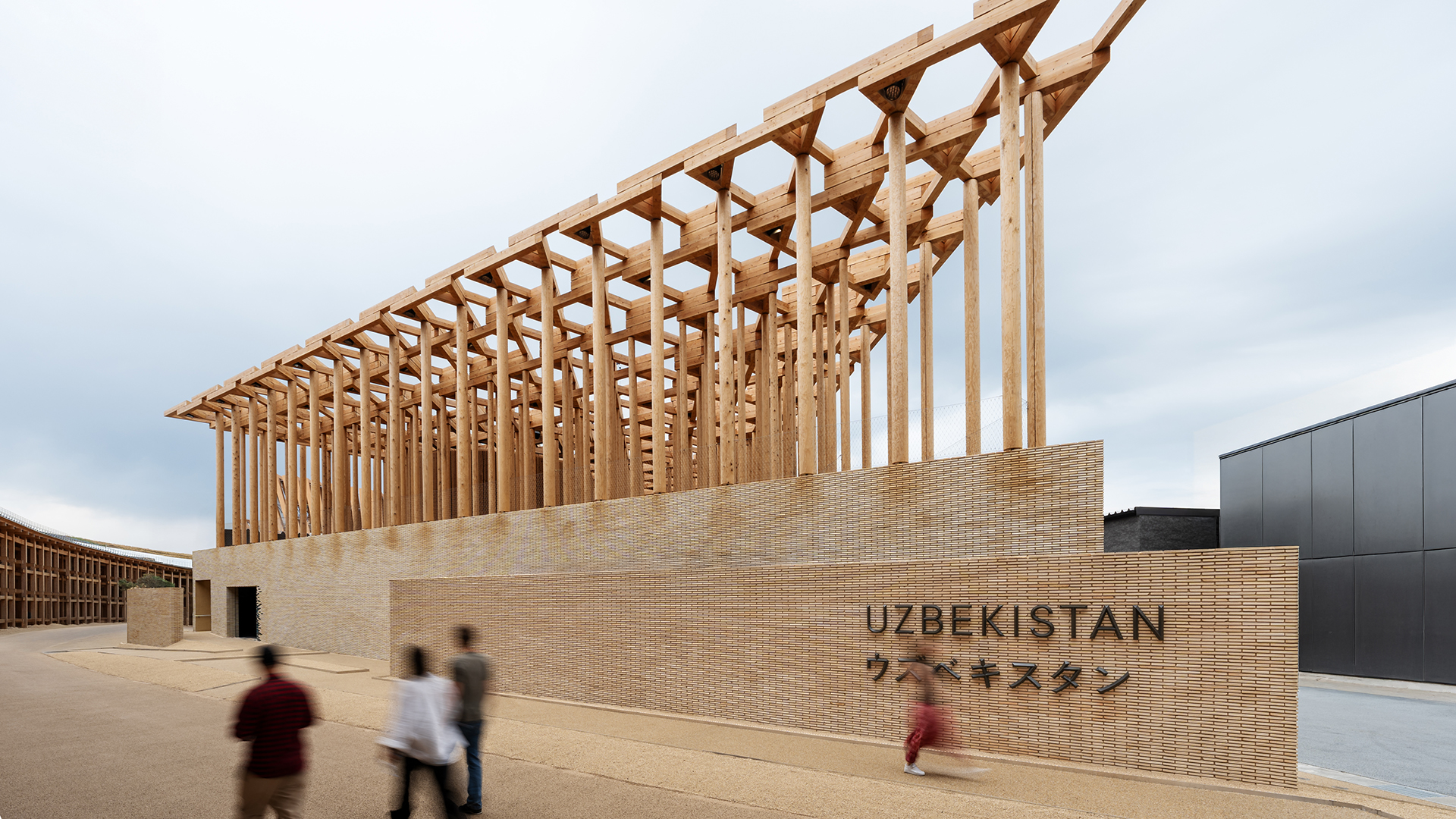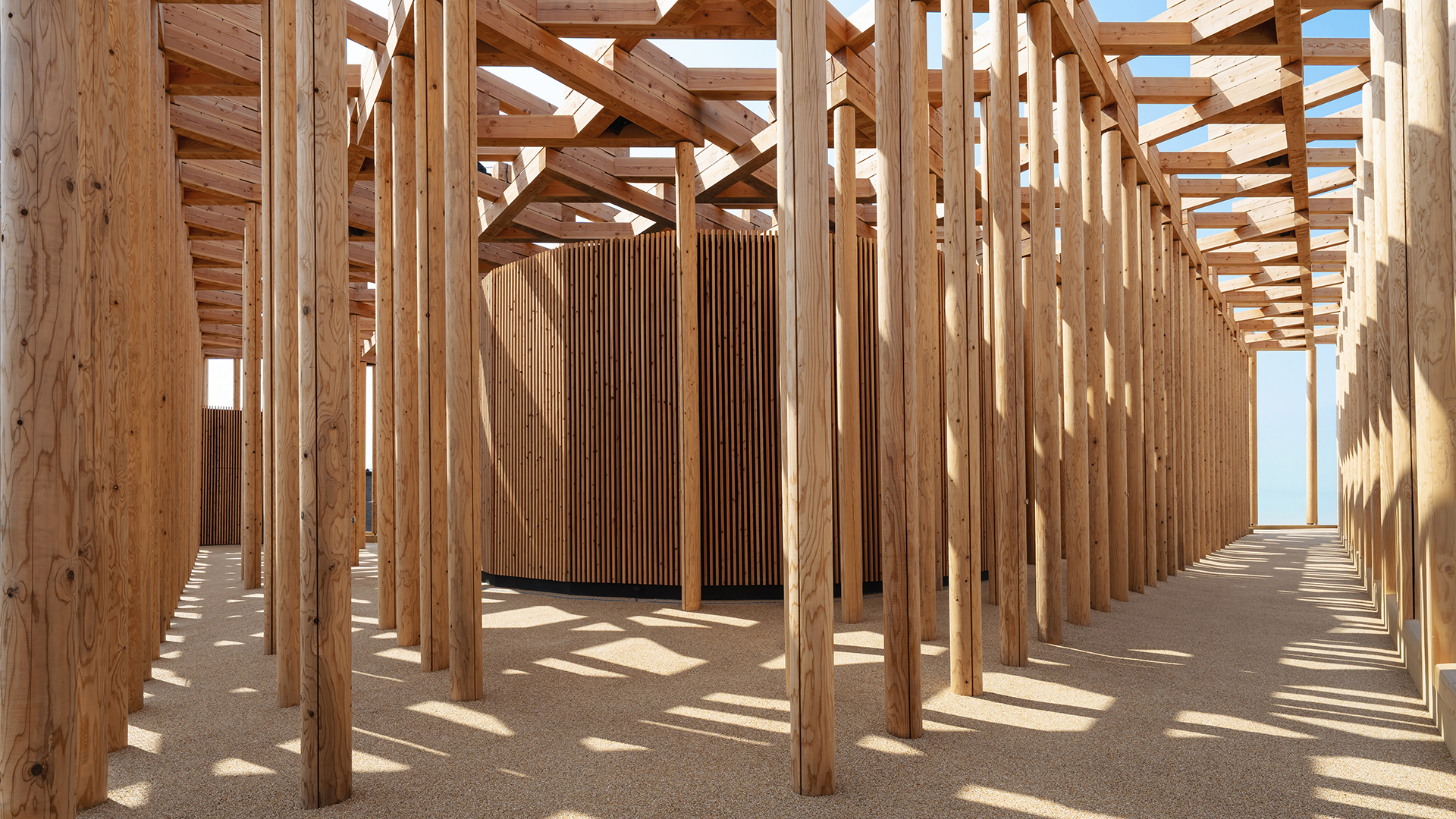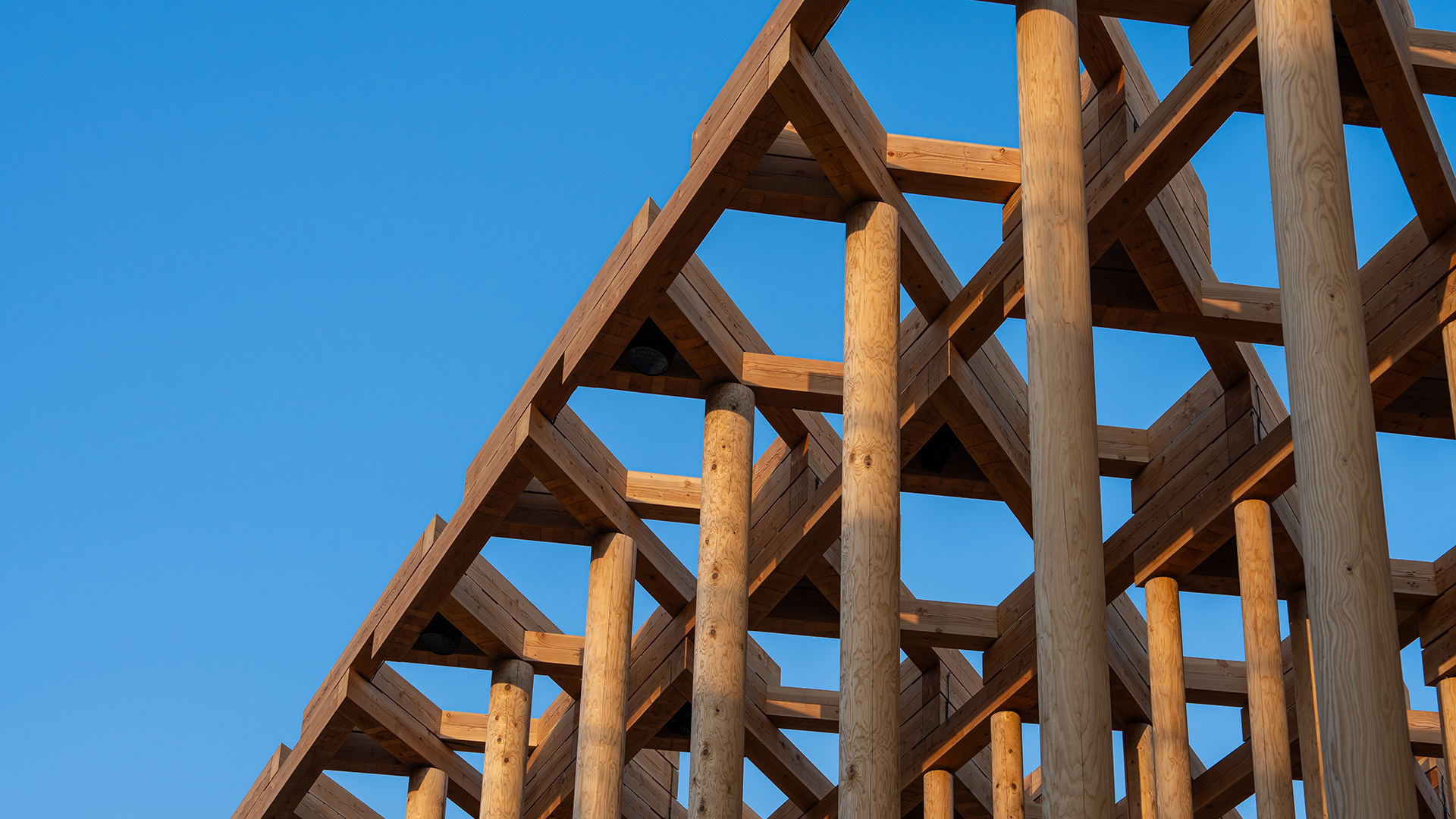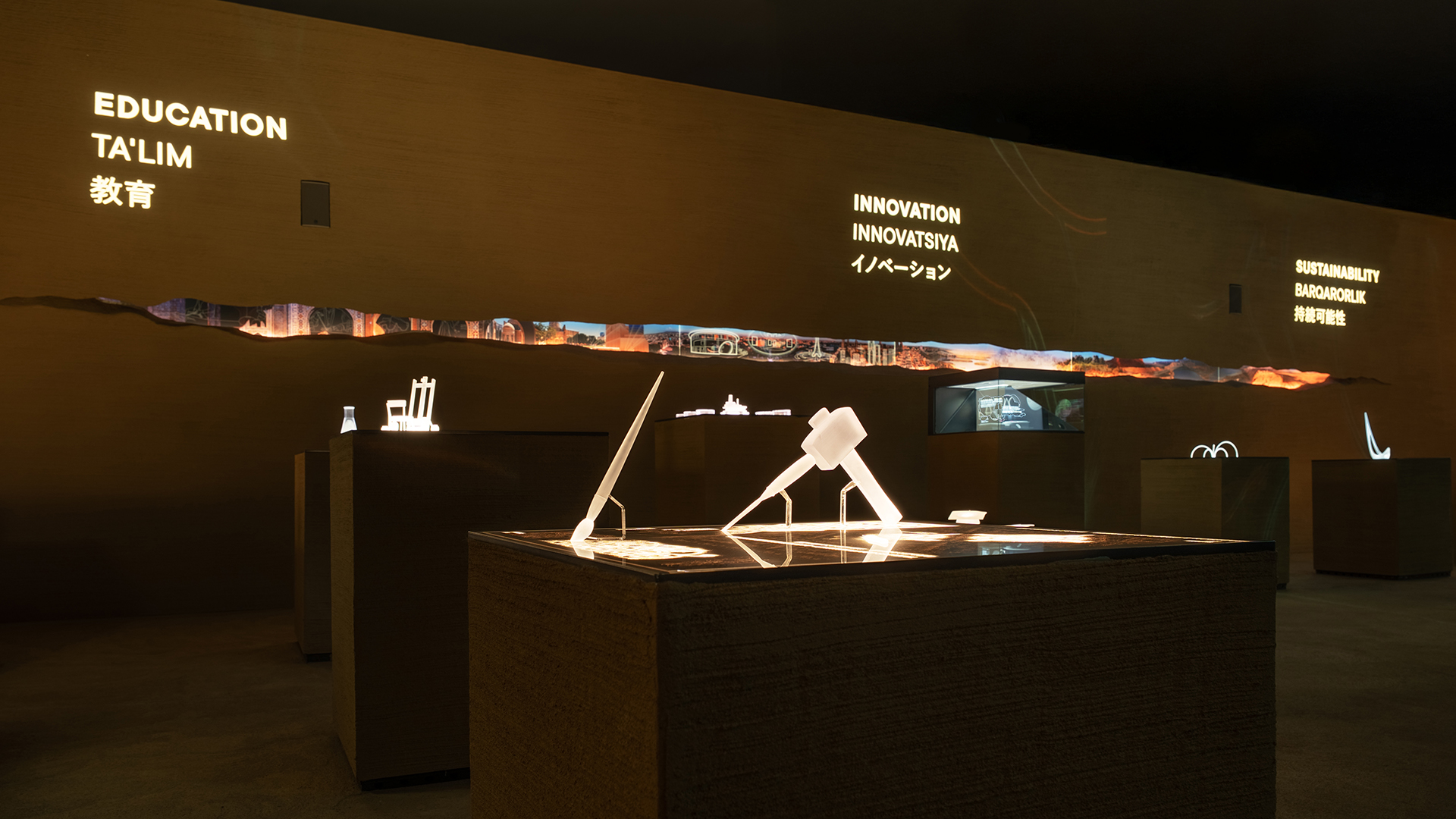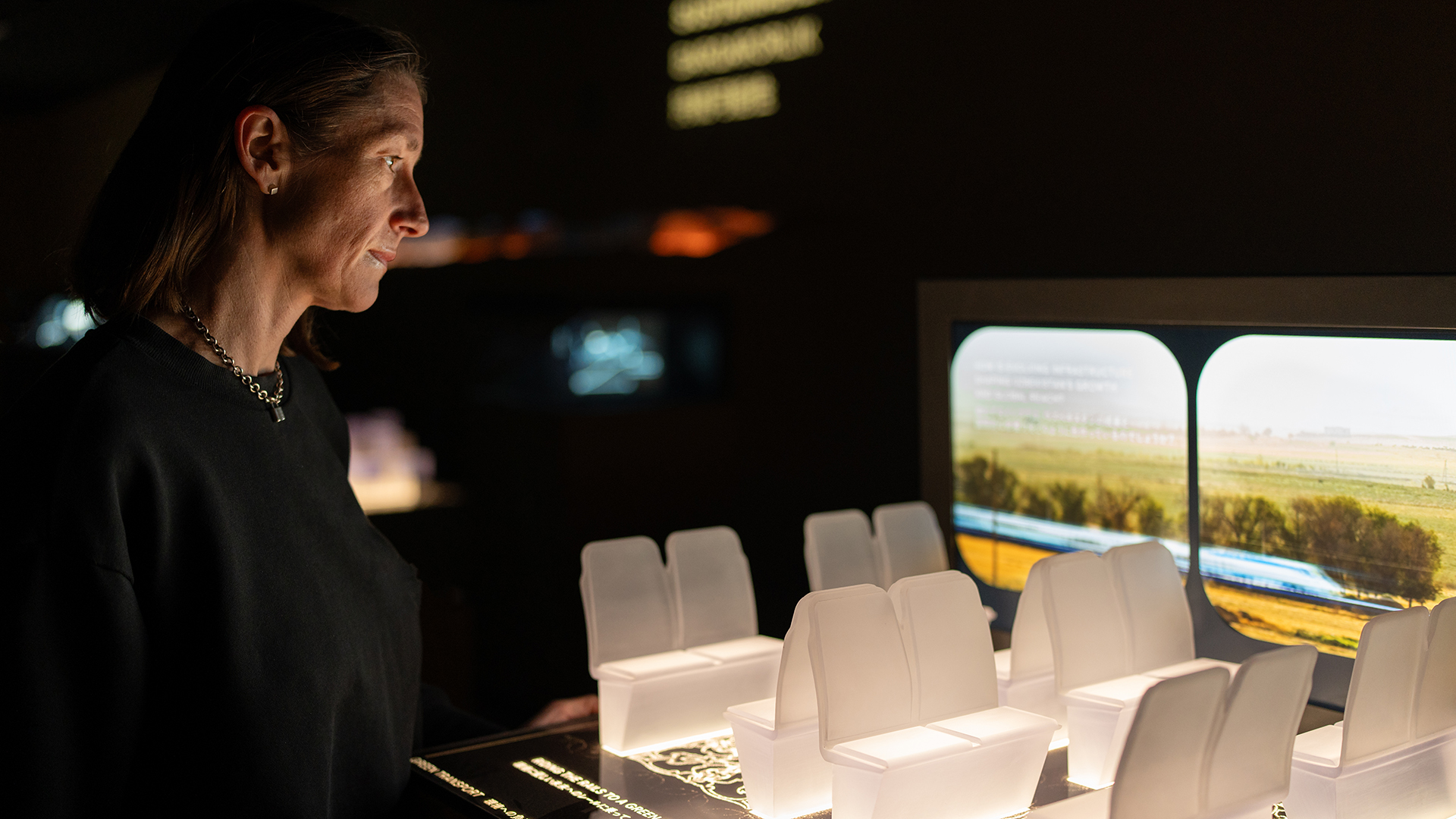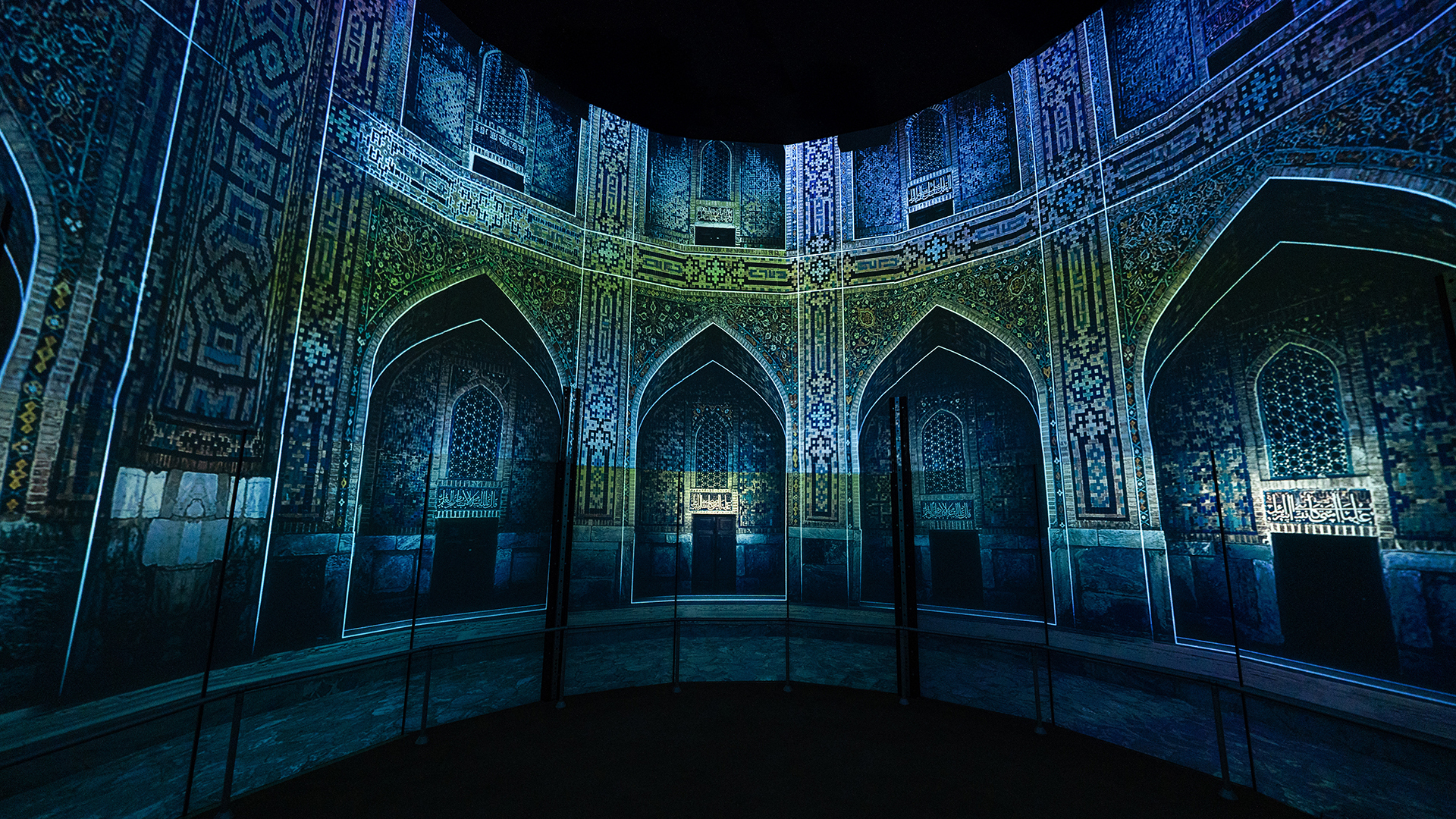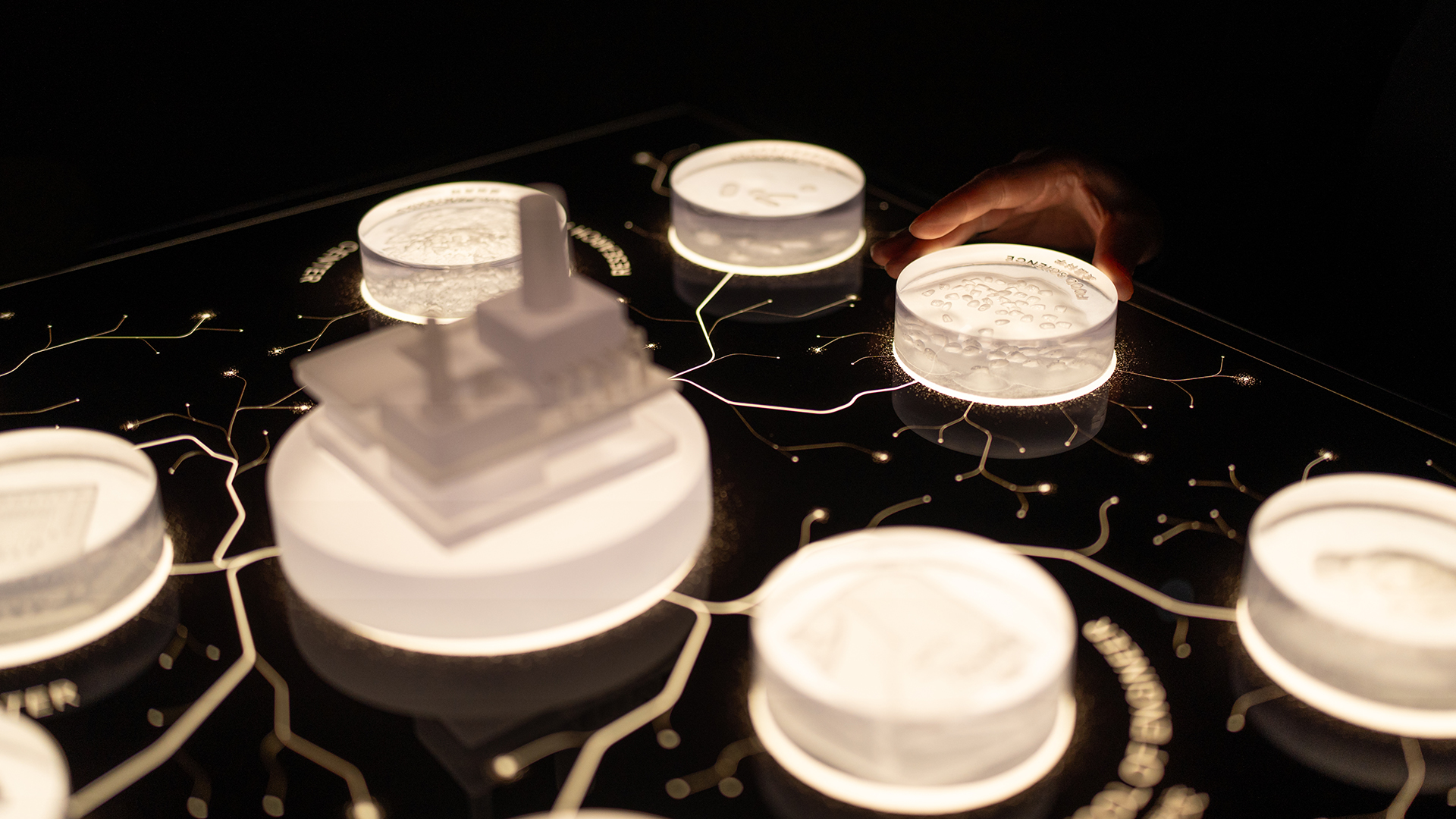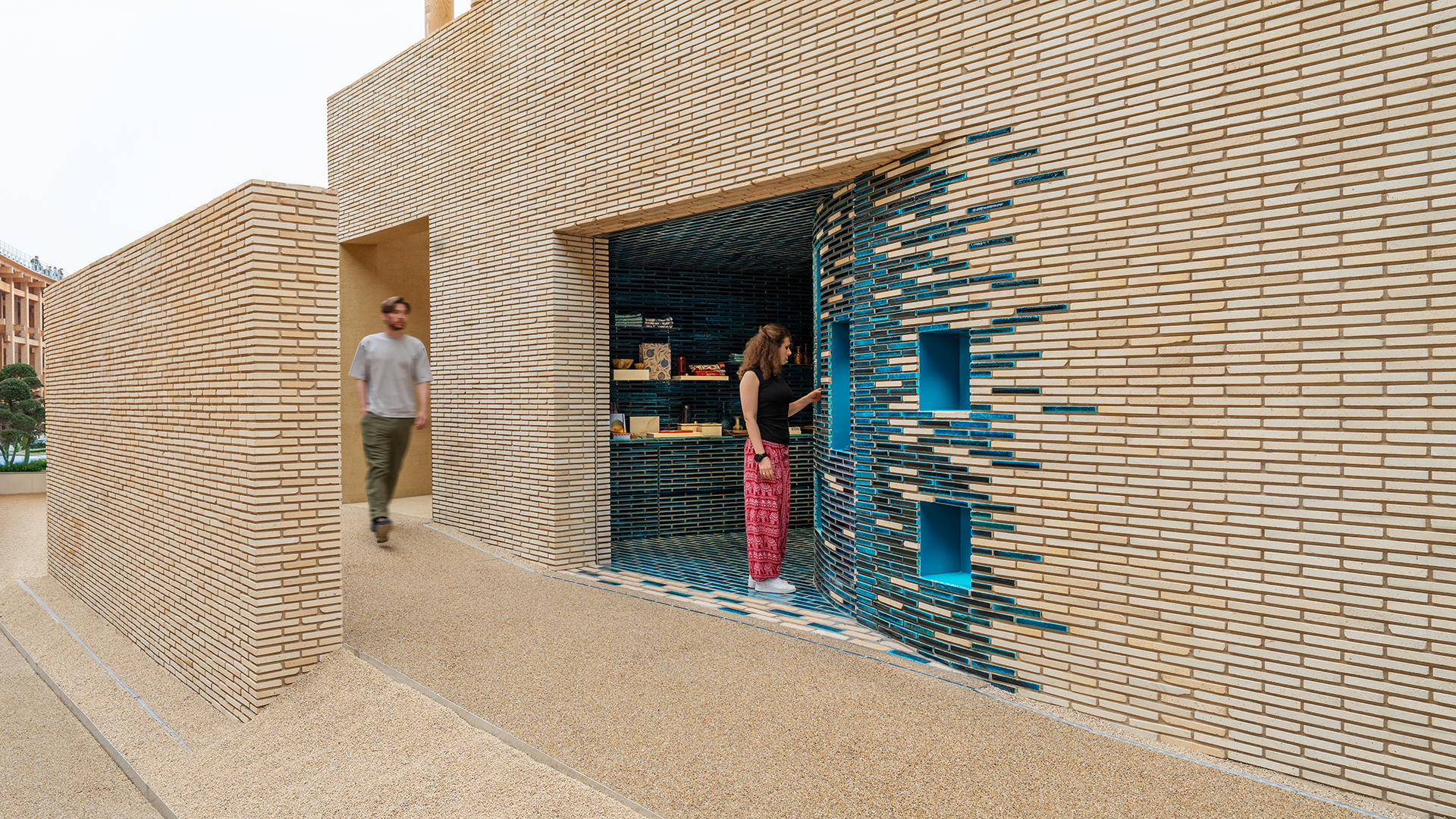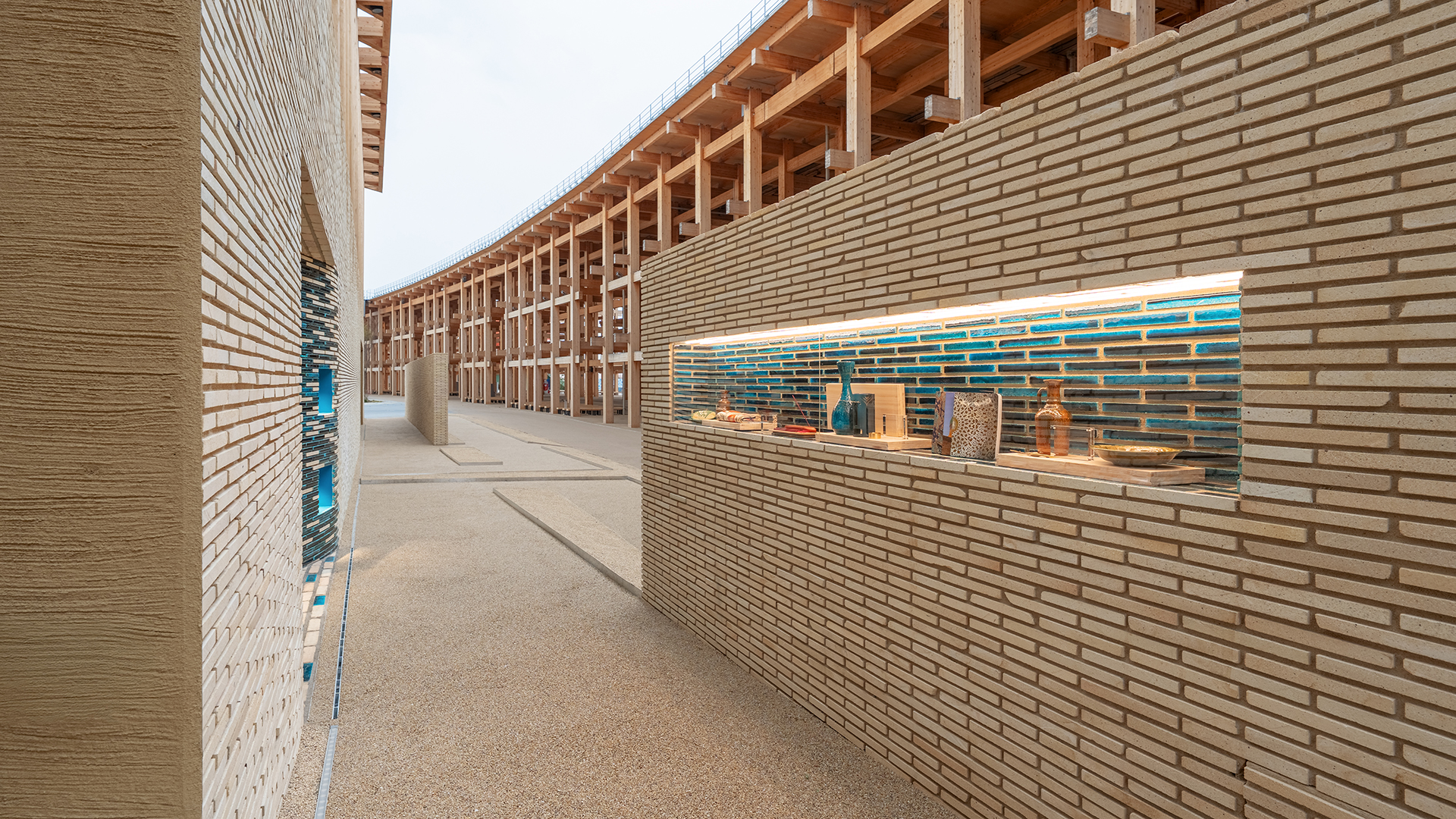Inside Uzbekistan’s Pavilion at Expo 2025: A Garden of Knowledge
As the world converges on Japan for Expo 2025 Osaka, SEGD is proud to recognize the member firms shaping this global moment through immersive storytelling, bold architecture, and place-based experience design.
At Expo 2025 in Osaka, the Uzbekistan Pavilion tells a story not just of place—but of transformation. Designed by internationally acclaimed studio ATELIER BRÜCKNER, the pavilion acts as both metaphor and mechanism: a space where heritage, learning, and progress unfold as one living, breathing narrative.
For visitors, it’s more than a traditional exhibition—it’s a layered, multisensory journey. And for Uzbekistan, it’s a moment to share a renewed national identity on the world stage. Through immersive media and experiential design, Atelier Brückner has crafted a pavilion that doesn’t simply represent a nation—it expresses it. A garden of knowledge, designed to inspire ideas, exchange, and the future itself.
A Pavilion That Grows Like a Story
The architecture itself sets the tone. Rising from a base of brick and clay—evocative of ancient cities and cultural foundations—a colonnaded wooden terrace lifts skyward, representing growth, openness, and the sharing of ideas. Traditional forms like temple columns are reimagined as modular, sustainable structures sourced locally from sugi wood near Osaka.
It’s a pavilion designed to evolve and return—physically deconstructable, symbolically regenerative. As Dezeen notes, the building “employs reusable materials and a modular structure that will be disassembled after the event.”
“This is not a house of representation,” says Shirin Brückner, 2024 SEGD Fellow and co-founder of Atelier Brückner. “This is a place of invitation, of knowledge, and of joy.” (Dezeen, April 2025)
The Exhibition: From Soil to Sky
The visitor journey is a layered one—rooted in the earth and lifting toward possibility. On the ground level, titled “The Soil,” guests explore a tactile, data-rich landscape. Digital tools, interactive models, and immersive projections illuminate Uzbekistan’s sustainable future, from clean energy initiatives to cultural preservation efforts.
One section highlights the revitalization of the Aral Sea, supported by the Japanese government—while others showcase educational reforms and cutting-edge urban design, including the New Tashkent project. Each exhibit is a sprout in a field of transformation.
A multimedia mural wraps the space, blending traditional patterns and contemporary infrastructure into an animated, evolving tableau—mirroring the country’s own layered narrative of change.
A Vertical Story Told in Light, Sound, and Motion
At the heart of the pavilion is a kinetic, multimedia journey from earth to canopy. Visitors step onto a rising platform surrounded by a 360-degree immersive projection. As the platform ascends, glowing “seeds of knowledge” sprout beneath their feet—symbols of Uzbekistan’s cultural roots and emerging innovations. Traditional music and voice blend with kaleidoscopic animations of the Registan madrasahs, gradually giving way to visions of renewable energy projects, modern infrastructure, and vibrant public spaces.
The journey culminates in a blooming pomegranate tree—Uzbekistan’s national symbol of life and prosperity—rooted in a future-forward landscape of clean energy and connection. As the platform comes to rest, visitors step directly onto the pavilion’s terrace, invited now to become part of the story themselves.
Design that Embodies Culture
Visual identity is integral to the experience. Drawing on the delicate intricacy of Ganch—Uzbekistan’s historic stucco ornamentation—graphics, typography, and signage are embedded into the architecture. These physical gestures become narrative elements, reinforcing the pavilion’s core message: design can both honor and reframe tradition.
Earthy hues, geometric forms, and a unified visual language support an experience that is both rooted and radiant—just like the pavilion’s home country.
People also viewed
-
Inside the USA Pavilion at Expo 2025: Imagine What We Can Create Together

Inside the USA Pavilion at Expo 2025: Imagine What We Can Create Together
-
Museum of the Future – Journey of the Pioneers

Museum of the Future – Journey of the Pioneers
-
Louvre Abu Dhabi Children’s Museum – Picturing the Cosmos
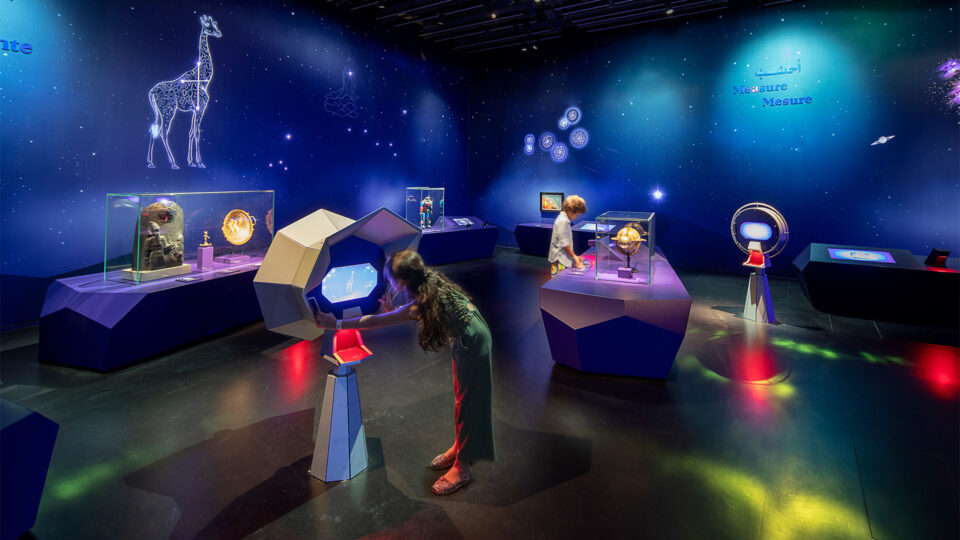
Louvre Abu Dhabi Children’s Museum – Picturing the Cosmos
